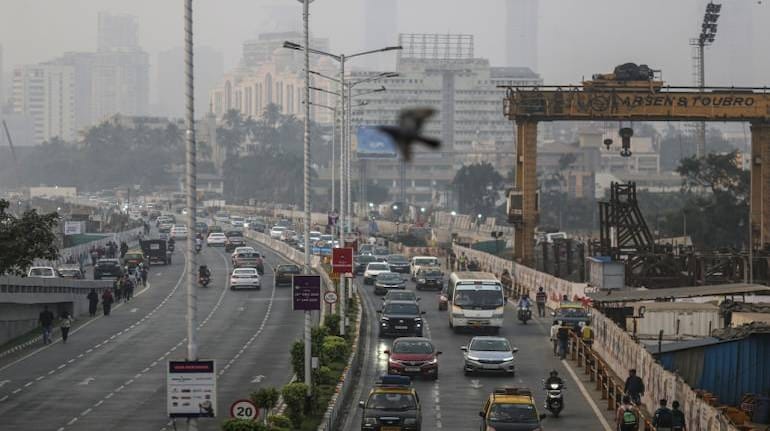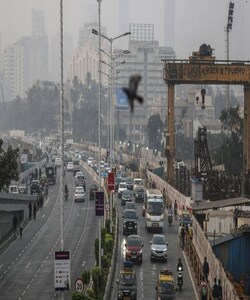
Vehicles travel along a road in Mumbai, India, on Saturday, Jan. 7, 2023. India is scheduled to release consumer price index (CPI) figures on Jan. 12. Photographer: Dhiraj Singh/Bloomberg
India’s banks and bondholders stand to recover less in insolvency resolutions under a proposed change in law that would apportion more to junior creditors, such as unpaid vendors and the government, according to restructuring and insolvency professionals.
The Indian government seeks to achieve an “equitable scheme of distribution of proceeds,” it said in a discussion paper issued in January that recommends other significant changes to the Insolvency and Bankruptcy Code. But secured creditors, who are generally paid out before those with unsecured claims, may be less amenable to the IBC if those changes are ultimately put into effect, insolvency professionals said.
Secured creditors, typically banks and bondholders, would continue to have first claim on proceeds of an insolvency resolution plan, but only up to the liquidation value of the corporate debtor. Any recovery beyond liquidation value would be shared ratably among all creditors, including unsecured financial creditors, unpaid vendors and statutory dues owed to government, according to the paper, which was up for public comment earlier this month.
The proposal seems unfair to secured creditors and would impact credit markets and security considerations significantly, said Abizer Diwanji, financial services and restructuring leader at EY India.
Overall recoveries under the IBC — which has already been mired in delays and litigation — have been roughly one-third of claims or less. Under those circumstances, the government’s proposal may turn off lenders, ranging from Indian banks to international private credit funds, even more.
What Will Change?
Like the existing liquidation waterfall, which determines the order in which creditors are repaid, the proposed insolvency waterfall also prioritizes secured claims, but only up to the value of the security. In liquidation, the remaining proceeds are distributed first toward unpaid wages, then unsecured creditors, and shareholders. In insolvency, the proposal treats all unsecured creditors equally.
Diwanji proffered a situation in which an insolvent company with secured creditor claims of 100 rupees, unsecured claims of 150 rupees, a liquidation value of 75 rupees and a recovery of 125 rupees. In the current system, he said, secured claims would be paid in full and the remaining 25 would go to unsecured claims in a hierarchy. But under the proposed new system, he said, secured creditors would only receive 75 rupees while the remaining 50 rupees would be proportionately distributed among all unsecured claims.
The biggest impact will be on under-secured creditors — those who have lent more than the value of the underlying security or those who have seen a deep decline in the security’s value, said MS Sahoo, law professor and former chairman of the Insolvency and Bankruptcy Board of India.
It will professionalize lending at a time when India has suffered non-performing assets across banks, Sahoo said. The proposed changes would also force lenders to keep a watch over security value and provide reasonable protection to unsecured creditors, he added.
Often, resolution plans do set aside amounts for operational creditors critical to continuity of business. This is better done on a case-by-case basis rather than impacting rights of secured creditors that have wider implications, Diwanji said.
The government has also proposed separating the court approval processes for resolution plans and distribution proceeds, which has also received mixed responses.

